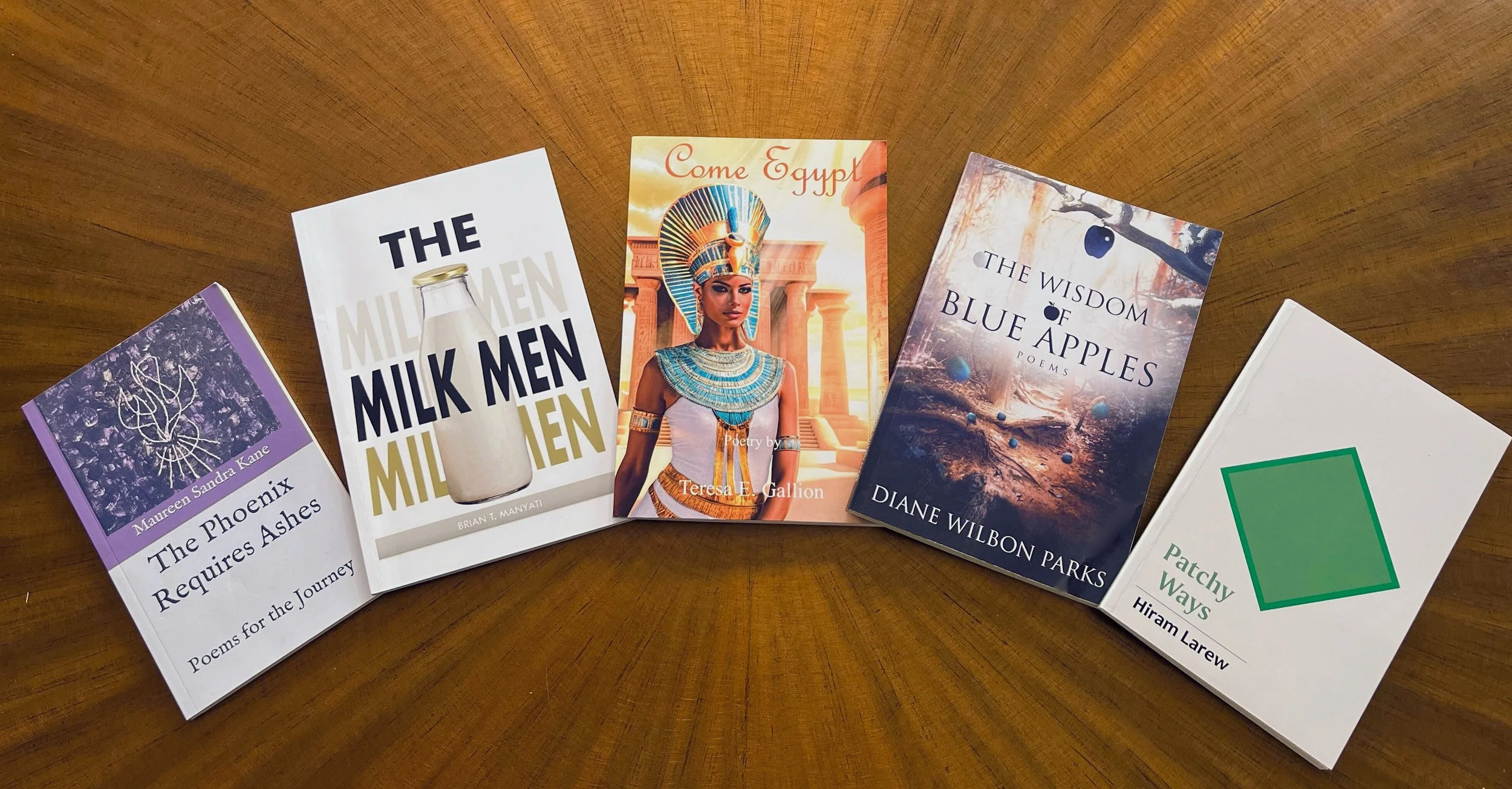Poetry & Risk—Margaret Randall & the Journey of a Creative Life
Margaret Randall is the author of more than 150 books of poetry and prose.
Her memoir released this year, I Never Left Home: Poet, Feminist, Revolutionary, a memoir of time & place (Duke University Press) combines many of her artistic talents: her creative non-fiction story punctuated by a selection of her poems and photography.
A page-turner, it details her life-long social and revolutionary activism. Her “first overtly political mission”—smuggling diaphragms from Tangiers to Spain—was to aid poverty-stricken women, many of whom birthed a baby annually. She states:
Franco was in power, birth control was outlawed, and the sale or use of any device limiting procreation was punishable by death (66).
As I read her story, I follow a remarkable, exciting yet rugged trek of her personal life, social activism and abounding creativity, from New York City, to New Mexico, to Spain, back to New Mexico, back to New York City, then to Mexico, to Cuba, to Nicaragua, and back to New Mexico—and with visits to many additional countries.
I will highlight just a few of the markers of Margaret’s journey of creativity, interspersed with my related observations, as subheads, about the creative life:














